Slate is a fine-grained, foliated metamorphic rock with a dull luster and a gray, blue, or green shade. Its layers can often be seen as flat or slightly undulated sheets.
Slate is a distinctive natural stone known for its durability and versatility, commonly used for roofing, flooring, and outdoor landscaping. Formed under low-grade metamorphic conditions, slate originates from sedimentary rock, typically shale, subjected to intense pressure and heat over millions of years.
The rock’s unique texture and color variations make it a popular choice in construction and design for both its aesthetic appeal and longevity. Its ability to be split into thin sheets has also made slate a traditional material for writing slates and blackboards in the past. With its natural beauty and practical benefits, slate remains a sought-after material in various architectural applications.

Credit: flodeal.com
The Allure Of Slate
The allure of slate resonates through the ages. This natural stone ticks all the boxes for style and durability. Its timeless charm hinges on two key characteristics: colors and patterns, and texture and layering. Below, discover the unique aspects that make slate a coveted material for both functional and decorative uses.
Colors And Patterns
Slate’s beauty comes in a spectacular array of colors and patterns. Each piece features a distinctive blend that tells a different story. From rustic browns to sophisticated grays, the spectrum includes:
- Deep charcoal grays, ideal for a modern look
- Rich browns that provide an earthy feel
- Emerald greens and blues, perfect for a splash of color
- Mottled patterns with varied hues for added texture
These variations mean no two slate pieces are exactly alike.
Texture And Layering
The surface of the slate has a unique tactile experience. Texture ranges from smooth to slightly ridged, each layer telling the tale of its geological formation. The layering of slate comes from:
| Feature | Description |
|---|---|
| Fine-grained layers | Thin, even sheets that create a delicate patterning |
| Thick layers | Bolder, more pronounced strata for a robust appearance |
Whether for flooring, roofing, or accent walls, slate’s diverse textures make it versatile. The interplay between its texture and natural color creates depth and interest, making it a beloved choice for both interior designers and architects alike.
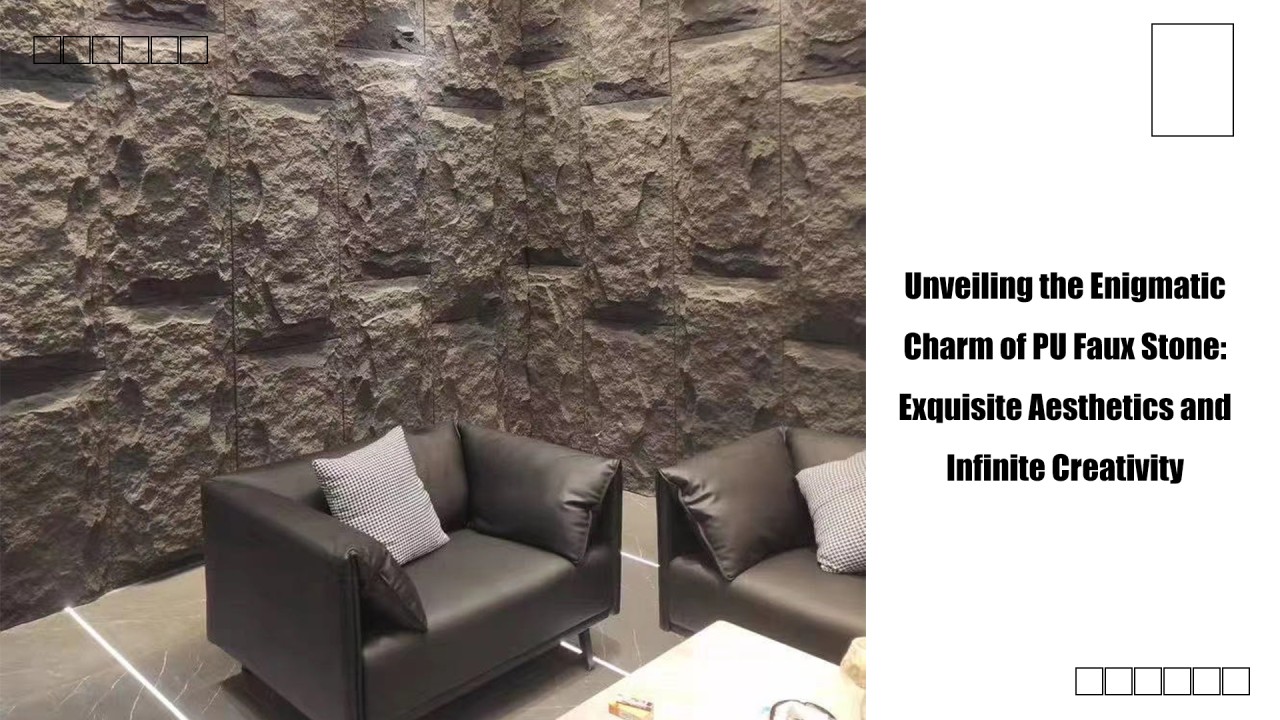
Credit: www.linkedin.com
Slate In Geology
Slate tells a remarkable geological story. This natural stone is not just a building material, but a window into the Earth’s dynamic processes. Slate plays a key role in our understanding of geological transformations. Let’s dig deeper into its origins and characteristics.
Formation And Composition
Slate forms from metamorphic processes. It begins as shale, a sedimentary rock made of clay. Through heat and pressure, shale transforms into slate. This process, called metamorphism, happens deep within the Earth.
- Heat and pressure compress the clay
- Shale transforms into slate
- Slate features a fine-grained texture
The composition of slate includes minerals such as quartz, muscovite, and ilmenite. These contribute to slate’s renowned durability and fissility—its ability to split into thin sheets.
Regional Variations
Different regions contribute unique attributes to slate. The presence of specific minerals can alter its color and texture. Here’s a look at some variations:
| Region | Color Variations | Texture |
|---|---|---|
| Wales | Dark blue, grey | Fine-grained, smooth |
| Spain | Rustic reds, green | Texture may vary with mineral mix |
| America | Greens, purple hues | Can be more varied in grain |
Spanish slate may contain pyrite, giving it unique sparks of gold. Welsh slate is often used in historic buildings due to its uniform appearance and longevity.
Visual Characteristics
Slate rocks the design world with its stunning visual characteristics. This natural stone showcases a unique, textured elegance. Its visual appeal makes it popular for both home interiors and exteriors. Let’s unravel the beauty slate radiates as we look at its surface and how it plays with light.
Surface Appearance
Slate’s surface is nothing short of mesmerizing. An array of colors dance across each piece. Textures range from smooth to slightly rough. Veins and waves may appear, giving the impression of ancient artwork. The slate’s textural richness provides an organic touch to any space.
Durability is a slate hallmark, withstanding many years of use. Its nonslip surface is ideal for flooring, even in moisture-prone areas like bathrooms.
- Multicolored patterns
- Natural cleft texture
- Unique veining
The Interplay Of Light
Slate has a subtle yet captivating relationship with light. Its surface can appear differently based on the light’s angle and intensity. The smooth areas can reflect light, while the textures create soft shadows. This interplay adds depth and dimension.
Visually, slate’s reaction to light is dynamic. The color can shift under natural sunlight, while artificial lighting can enhance its warm undertones. With slate, every glance offers a new perspective.
- Reflective smooth areas
- Shadowy textures
- Color shifts in different lighting
Slate In Architecture
Slate is more than just a rock. It has shaped roofs and facades for centuries. Its natural durability and beautiful grey hues make it a timeless choice for buildings. Today, let’s explore slate’s role in architecture.
Historic Uses
Historically, slate was the go-to material for the best buildings. This rock turned into roof tiles and flooring, lasting for ages.
- Castles and Churches: Slate protected them from harsh weather.
- Schools: Its smooth surface was perfect for writing in classrooms.
- Historic Homes: Wealthy homeowners loved slate’s timeless beauty.
Modern Applications
Slate’s qualities make it still popular in modern designs. Architects love it for its versatility and eco-friendliness.
| Application | Benefits |
|---|---|
| Facades | It adds elegance and withstands elements well. |
| Roofing | Slate roofs can last over a century. |
| Interior Design | It brings a piece of nature inside homes and offices. |
Today, innovators also use slate in thermal solar panels and modern art installations. Its appeal bridges past and future architectural marvels.
Caring For Slate
Slate is a natural, durable stone often used in home surfaces, such as floors and countertops. Proper care can make it last generations. This section covers tips on maintaining slate’s beauty and what to do if it needs restoration.
Maintenance And Durability
Slate’s robustness makes it an excellent choice for areas that see a lot of foot traffic. To keep its natural beauty, follow these simple steps:
- Regular Cleaning: Wipe with a mild detergent and water.
- Avoid Acidic Cleaners: They can etch the surface.
- Sealing: Apply a quality sealant yearly to protect against stains.
Following these steps ensures slate maintains its luxurious look without much effort.
Restoration Techniques
Slate can get scratches or lose its sheen over time. Restoration can make it look new.
| Problem | Restoration Technique |
|---|---|
| Scratches | Light sanding and resealing |
| Dullness | Professional polishing and sealing |
| Chips/Cracks | Fill with color-matched epoxy |
Always seek professional help for major repairs to maintain slate’s integrity.
Frequently Asked Questions For What Does Slate Look Like
How Do You Identify Slate?
To identify slate, examine the rock for a layered appearance and a dull luster. Check for its ability to split into thin sheets, and look for a fine-grained texture. Finally, verify its hardness, which is typically less than that of quartz.
What Does Slate Look And Feel Like?
Slate has a natural, fine-grained texture with a dull luster. It feels smooth to the touch and often displays shades of gray, blue, or green.
What Is The Appearance Of Slate?
Slate typically exhibits a fine-grained texture and comes in shades of gray, blue, green, or purple. Its layered composition often imparts a natural, cleft surface finish.
What Does Raw Slate Look Like?
Raw slate is a fine-grained, metamorphic rock with a dull, matte finish. It typically appears in shades of gray but can also feature hues of blue, green, or purple. Its layered texture is often noticeable.
Conclusion
Unveiling the charm of slate has been our journey’s purpose. This versatile stone offers textures, colors, and durability unmatched by many. Whether adorning your home or completing a landscape, slate’s natural beauty is undeniable. Embrace its elegance and let slate’s unique character transform your space.
Remember, true beauty lies in the natural variances that slate proudly displays.
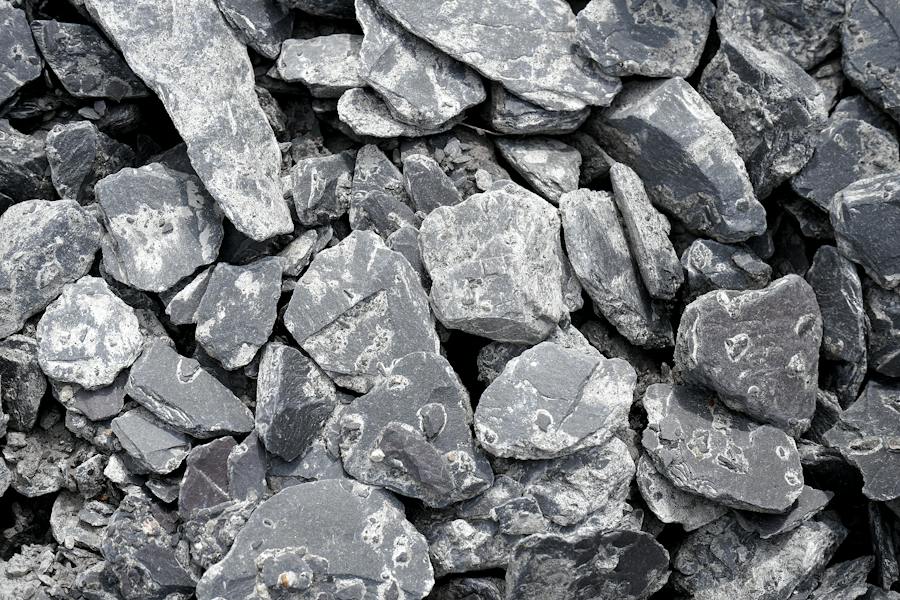

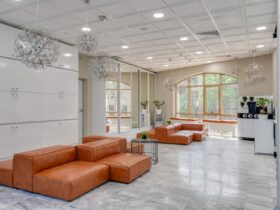
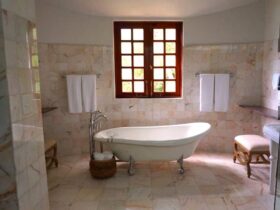
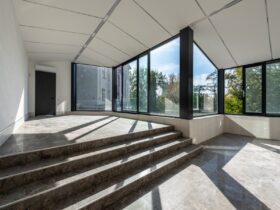

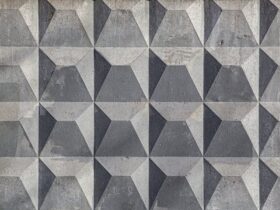
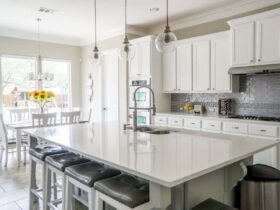

Leave a Reply